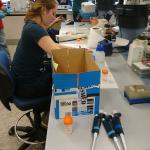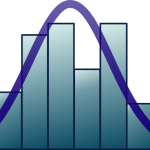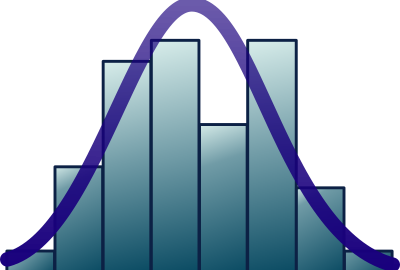Molecular techniques applied to resource evaluation and management
Course Contents
Module 1 (3 ECTS): Spatial distribution of genetic biodiversity.
Population genetic structure and gene flow. Population differentiation, F analysis. Indicators of population mixture. Wahlund effect. Distribution of genetic variation within a species and its determining factors.
Populations and stocks. Molecular applications to the management of exploited populations. Identification of biological and management units. Estimates of effective population size through genetic variation. Inference of bottlenecks. Genetic signatures and examples of marine metapopulations.
Practical work: Research-based of a case study comprising field, laboratory, analytical work using modern software. Critical analysis of a relevant quality publication; analysis of a real dataset with state of the art software.
Module 2 (3 ECTS). Genetic biodiversity and marine resources
DNA-based technologies and prospection of new marine resources. Metagenomics and other biodiversity inventories for exploration of functional diversity. New products inferred from marine molecular surveys. Molecular applications in resource sustainability. Genetic traceability of fish catch and seafood products. Mislabelling in markets: detection, causes and consequences. Molecular markers applied to traceability of species, oceans and geographic regions. Phylogeographic signal and traceability of origin in seafood.
Practical work: Research-based laboratory analysis of commercial seafood products using adequate methodology. Critical analysis of a relevant quality publication.
Final Competencies
- Students should be acquainted with state of the art molecular methodologies currently applied in the assessment and management of marine living resources.
- They should also be able to design complete protocols for analysis of genetic biodiversity, population and stock structure, and traceability of marine species and populations.
Additional information on evaluation methods
Module 1: Presentation of the results of the case study supported by visual material. Team working is encouraged and peer evaluation will represent 20% final score.
Module 2: Short presentation supported by visual material. Class notebook and continuous evaluation (portfolio).
Further course information can be found here; https://studiekiezer.ugent.be/studiefiche/en/C003885/2022






